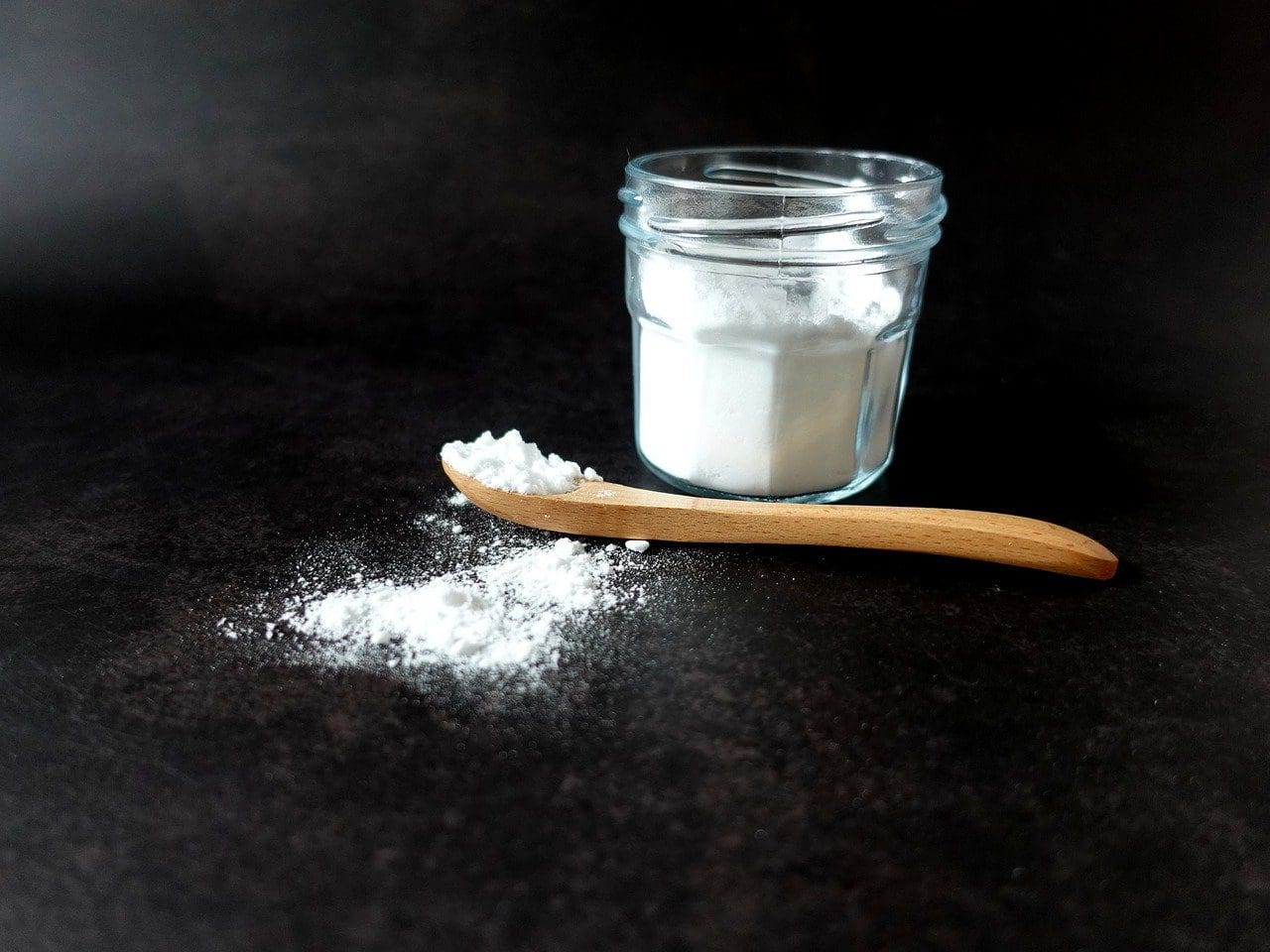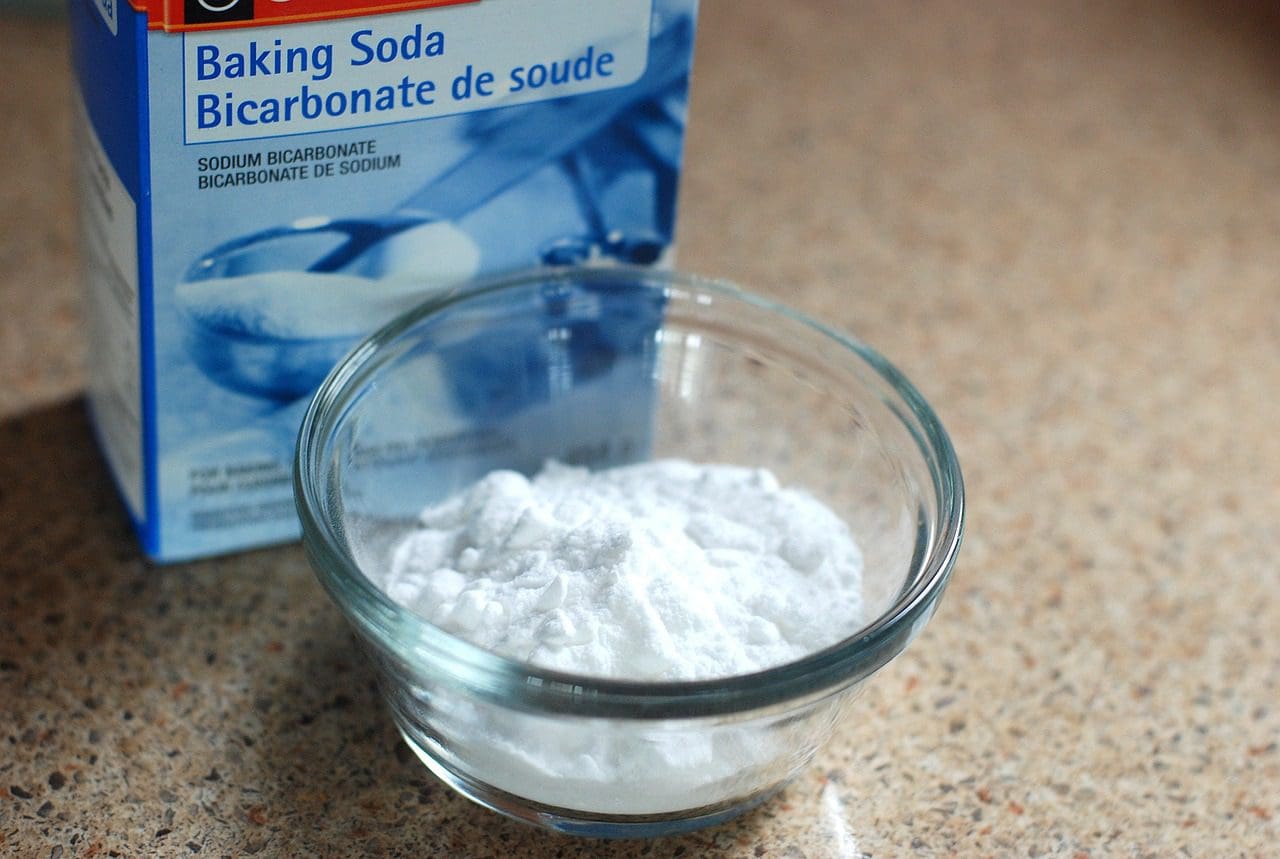Sodium Carbonate and Sodium Bicarbonate are some of the world’s most commonly used inorganic substances. Although they are composed of the same chemical element, i.e. sodium, they serve different purposes.
Key Takeaways
- Sodium carbonate (Na2CO3), or washing soda or soda ash, is a strong alkaline compound used in cleaning products, glass manufacturing, and water treatment.
- Sodium bicarbonate (NaHCO3), commonly known as baking soda, is a weaker alkaline compound with various uses, such as in cooking, cleaning, and as an antacid.
- The main distinction between sodium carbonate and sodium bicarbonate is their chemical composition and strength, with sodium carbonate being a more potent alkaline compound than sodium bicarbonate.
Sodium Carbonate vs Sodium Bicarbonate
Sodium carbonate, is a white, odorless powder that can be used as a cleaning agent, water softener, and in the production of glass, paper, and other industrial products. Sodium bicarbonate, is a white, crystalline powder that is used as a leavening agent in baking to make dough or batter to rise.

Sodium Carbonate, commonly known as soda ash, is a chemical compound made from one carbonate anion (CO3-) and two sodium cations (Na+) and therefore is denoted by the chemical formula Na2CO3. It is mainly used for making glass, cleansers and detergents.
Sodium Bicarbonate, also known as Sodium Hydrogen Carbonate, on the other hand, is an inorganic compound made up of a bicarbonate anion (HCO3-) and a sodium cation (Na+) and therefore is denoted by the chemical formula NaHCO3. It is mainly used for household purposes, especially cooking and cleaning.
In layman’s language, it is called baking soda.
Comparison Table
| Parameter of Comparison | Sodium carbonate | Sodium bicarbonate |
|---|---|---|
| Composition | Sodium and acid. | Acid, sodium and hydrogen. |
| Formula | Na2CO3 | NaHCO3 |
| Common name | Soda Ash | Baking Soda. |
| Mainly used in | Industrial processes. | Household purposes. |
| Nature of Base | Strong Base | Weak Base |
What is Sodium Carbonate?
Also known as soda ash, it is a solid primary compound comprising two positive ions of Sodium (Na+) and one negative ion of carbonate (CO3-). It may be extracted from nature, or one can manufacture it artificially.
It is found in nature as mineral deposits and needs to be drawn out from its hydrated salts like natron, trona, natrite etc. Some of the significant mineral deposits of sodium carbonate are found in Botswana, China, Egypt, India, Kenya, Mexico, Peru, South Africa, Turkey, Uganda and the United States.
It is produced artificially by applying four different types of processes. Among them, two methods are especially noteworthy. These are:
- Leblanc process: Know by the last name of its inventor Nicholas Lebnac, this process was used in industries to produce sodium carbonate or soda ash in the nineteenth century. During this process, sodium carbonate was created after two crucial stages. In the first stage, Sodium sulfate was extracted from sodium chloride. After it was produced, the sodium sulfate was made to react with calcium carbonate and coal, ultimately forming sodium carbonate. It was abandoned after the invention of the Solvay process.
- Solvay process: Also called as ammonia-soda process, Ernest Solvay developed it in the 1860s. It is known as the ammonia-soda process because, in this process, sodium chloride is mixed with ammonia to produce sodium bicarbonate.
Apart from these processes, electrolytic and dual-process are used to produce sodium carbonate. It is white in colour and acidic in nature.
It appears solid, having a 2.54g/ml density, and is available in dried and crushed form.
It is a weak acid that dissolves in Ethanol but does not mix with alcohol. It diffuses with water quite readily and produces sodium hydroxide and carbonic acid.
It is a significant water softener but produces dangerous reactions when mixed with certain acids. Under higher temperatures, it decomposes and produces disodium oxide (Na2O).
Handling Sodium Carbonate with care is essential as it is highly corrosive. When touched with bare hands, it can lead to skin damage, and if someone by chance inhales it, he may suffer from severe coughing and breathing problems.

What is Sodium Bicarbonate?
Also known as sodium hydrogen carbonate, it is a chemical compound composed of one positive ion of sodium (Na+) and one negative ion of bicarbonate (HCO3-). In the commoner’s language, it is called baking soda and is used for kitchen purposes.
Like Sodium Carbonate, Sodium Bicarbonate can also be found in nature or produced artificially. It is extracted from nature by forcing out hot water from mineral deposits.
One of the significant natural deposits of Sodium Bicarbonate is found in Piceance Basin, Colorado. Sodium bicarbonate got deposited in this basin due to high levels of evaporation, which used to occur from time to time.
It is artificially produced by employing the Solvay process, which at the initial stage produces sodium carbonate. When sodium carbonate comes in contact with some acidic solution, it has sodium bicarbonate.
It was Austin Church and John Dwight who, for the first time, discovered the potential of Sodium bicarbonate as the fermenting agent. The two bakers opened the first factory to produce baking soda in New York in 1846.
Today, baking soda is not only used for cooking and cleaning purposes but also used for medical purposes. It is considered one of the essential medicines for reducing acid levels in the bloodstream.
It is used for heartburn and indigestion as well. It can also treat an aspirin overdose, insect bites and plant allergies.
Athletes use it as a supplement, and sometimes it is for cattle. It is also used in toothpaste and fire extinguishers.
It appears white with a crystal clear appearance. It is a weaker base than sodium carbonate and, unlike the latter, does not dissolve in Ethanol.
However, it may dissolve slightly in acetone and methanol.

Main Differences Between Sodium Carbonate and Sodium Bicarbonate
- Both Sodium Carbonate and Sodium Bicarbonate are made from acid and sodium. But Sodium Bicarbonate contains an additional ingredient, and that is hydrogen.
- Sodium Carbonate is used for making cleaners and washing powder. At the same time, Sodium Bicarbonate is known as baking soda and is used for cleaning and cooking.
- Sodium carbonate is diprotic, which means it lets go of two protons or hydrogen atoms for every molecule when released in an aqueous solution. On the other hand, sodium bicarbonate is monoprotic, letting go of only one hydrogen atom or proton for each molecule when released in an aqueous solution.
- Sodium carbonate is a more substantial base than that Sodium Bicarbonate.
- In the human body, sodium bicarbonate is vital in reducing the high levels of acid flowing into the bloodstream. While sodium carbonate mainly works for the various reactions or processes inside the body.


This post delivers an impressive account of the properties and uses of both Sodium Carbonate and Sodium Bicarbonate, creating a great educational resource.
Absolutely agree, it’s an educational piece that embodies depth and detail.
A remarkable article in its explanation of these substances, a significant contribution to the scientific community.
This post succeeds in presenting an informative and engaging account of Sodium Carbonate and Sodium Bicarbonate, promoting a better understanding of their uses and chemical properties.
Definitely a commendable piece offering valuable insights for those interested in organic chemistry.
The clear distinction presented between Sodium Carbonate and Sodium Bicarbonate is beneficial. It’s a fantastic piece, providing a wealth of knowledge.
Absolutely, the direct comparison of their properties and uses is very enlightening.
Indeed. This article has clarified many misunderstandings about these substances.
The article provides an insightful comparison of Sodium Carbonate and Sodium Bicarbonate, highlighting their chemical composition and uses. Well-researched and informative!
I agree, it’s great to have this level of detail about such commonly used substances.
A well-written piece of work, detailing the two compounds effectively. It helps eliminate any misconceptions one may have had.
This post is a valuable resource for understanding the differences between Sodium Carbonate and Sodium Bicarbonate, backed by the historical processes of their production. It’s a commendable piece of work that provides clarity.
Very well-researched and thorough article regarding the chemical properties and differences of these substances.
Absolutely, the historical context adds depth to the understanding of these compounds.
The post is outstanding in its detailed explanation of Sodium Carbonate and Sodium Bicarbonate, covering their industrial and household uses. A very enriching read!
I’m very impressed by the comprehensiveness of the article, it’s an excellent reference.
The historical context of the production processes provides a compelling backdrop in this article about Sodium Carbonate and Sodium Bicarbonate, making it an engaging read for many.
Absolutely, it’s fascinating to see the development and evolution of production techniques for these substances.
One might say that this kind of post is a must-read for those interested in chemistry and science. The detail and clarity are impressive.
Agreed, especially for those working in fields where these compounds are utilized, this article is invaluable.
An enlightening and strikingly informative article about Sodium Carbonate and Sodium Bicarbonate. Highly engaging, breaking down the chemical complexities for the reader with clarity.
The clear representation of intricate chemical processes adds a significant value to this educational post.